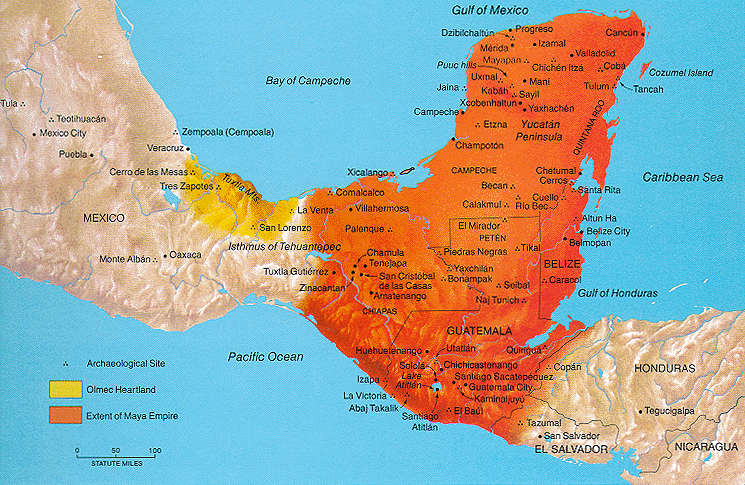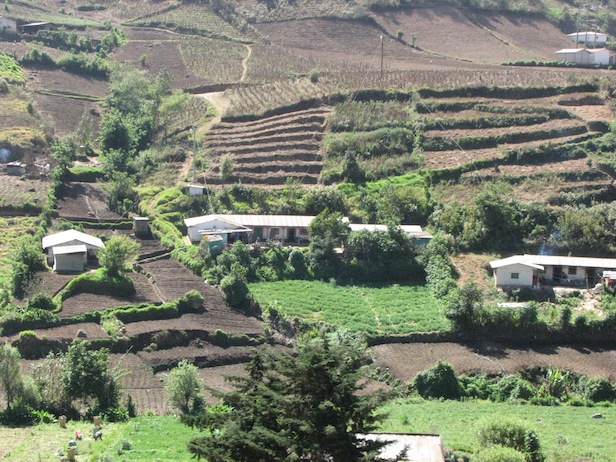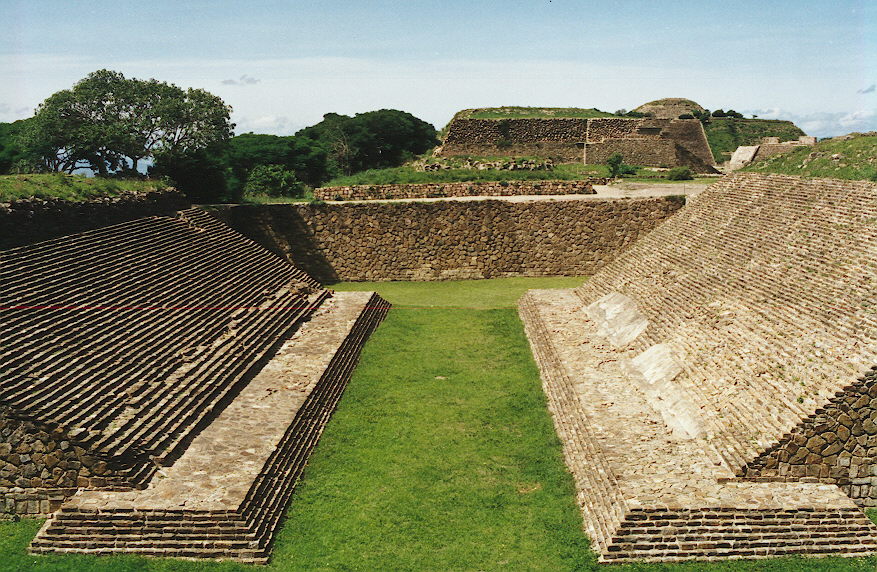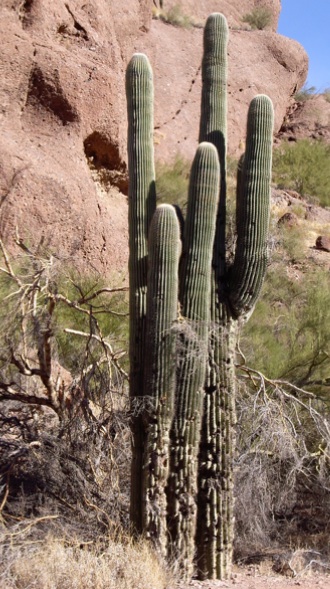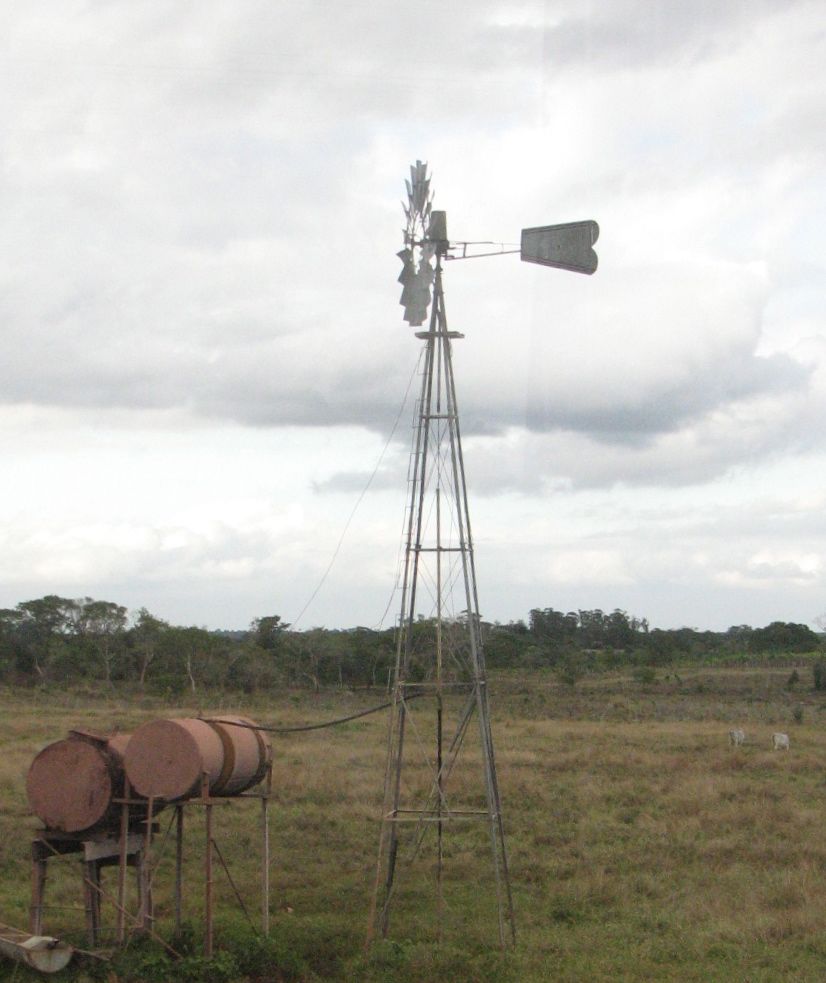The Cuban countryside.
Clarify
The revolution | Death stalks the land | food | Evolution of a disease
question | text | economy | map | evidence | behavior | argument
![]()
How did the revolution start, find momentum, and alter world history?
The Columbian Exchange, pp. ix, 3-63.
Compare Crosby's discussion of character and national values (Germs Seeds & Animals, pp. 167-177) to his  chapters on Contrasts and Conquistadores in The Columbian Exchange.
chapters on Contrasts and Conquistadores in The Columbian Exchange.
Derek Walcott's "The sigh of history" revealed.
Sources of some confusion identified, in part.
Key dates.
mapping catastrophe
One
"The contrast . . . has impressed everyone"
p. 4.
"The Europeans thought they were just off the coast of Asia . . . ."
p. 3.
"With no grapes, how were the Europeans to make the wine needed to celebrate the Lord's Supper." (Or the sacrament of holy communion).
p. 5.
The jaguars & iguanas were mere indicators of a whole new tropical fauna and wild flora.
"In rivers there were eels that defended themselves with electricity. . . ."
p. 6
"The contrasts between the two worlds piqued European curiosity."
"Why were there no horses or cattle anywhere in the Americas?"
" . . . and many things that were utterly strange."
p. 9.
"The problem of America troubled the seventeenth century, too, helping to lead some men into unorthodoxy and at least one right into jail."
p. 12.
"The ancient and medieval pronouncements on humans and human behavior seemed to have Europeans little choice but to condemn the Indians as allies of the Devil."
pp. 9-10.
"The Indians, with a kind of abandon. . . , practiced promiscuity, polygamy, incest, and sodomy."
"The Europeans had . . . to assume that Indians were in league with Hell."
"Spanish Monarchs ordered the conquistadores to read to the Indians . . . "
p. 11.
"The Europeans had emerged from the Middle Ages with intellectual systems, Christian and Aristotelian, claimed by the orthodox to explain everything. . . ."
p. 9.
But they had trouble determining the origins and character of the Amerindians, they could not imagine the world was as huge as it turned our to be (1493-1522 there was doubt about the globe's real expanse), and they were desperate to outflank the Arabs and Ottoman Turks in southwestern Asia in order to retake the Holy Land.
Sept. 15, Crosby, The Columbian Exchange, mapping catastrophe, pp. ix-3-63.
Map of the Antilles
Native peoples were in harm's way, especially in Hispaniola.
Crosby argues that:
"The migration of man and his maladies are the chief cause of the epidemics."
p. 37.
Note: Eight million Arawak and Taino lived on the island of Hispaniola, or Española grew maize and manioc, and used irrigation.
"The first people of the New World to meet the white and black races and their diseases were the Arawaks of the Greater Antilles and the Bahamas. On the very first day of landfall in 1492 Columbus noted that they "are very unskilled with arms . . . ."
p. 44.
"In December 1518 and January 1519,a disease identified as smallpox appeared among the natives on the island of Santo Domingo."
pp. 39, 43-47.
"Santo Domingo's epidemic was not an atypically pure epidemic,. Smallpox seems to have been accompanied by respiratory ailments, possibly measles, and other Indian killers. Starvation probably also took a toll, because of the lack of hands to work the fields."
" . . .the Arawaks were dying of a hideous and unfamiliar death throughout the Islands of the Greater Antilles."
"One can only imagine the psychological impact of smallpox . . ."
pp. 57-58.
"In some places in Mexico the mortality was so great that as Motolinía recorded, the Indians found it impossible to bury the great number of dead."

" . . . . so that their homes became the tombs."
p. 57.
"It may be accurate to say that the Indians were more different from the rest of humankind in 1492 than any other major group [except for Australian aborigines] of humanity."
"The uniqueness . . . is measurable."
p. 21.
"the physical uniformity of Indians . . ."
p. 21.
"The Indians died in droves of diseases."
p. 21.
"The food was maize or, as it was often called, Indian corn, or just corn, and the Euro-Americans in North America adopted it more enthusiastically and maintained it as their staple for longer than any of their compeers elsewhere in Europe's colonies.
"It produced far more food per acre than any plant brought from Europe."
Corn equalled 200 bushels per acre over 12 to 20 bushels per acre for wheat
Germs, Seeds, and Animals, p. 170.
question | text | economy | map | evidence | behavior | argument
" . . . they died in heaps"
Toribio Motolinía, 1500s
p. 52.
100 million native Amerindians in 1492; less than 10 million in 1900. Down from having been one sixth of the world's people in 1492.
"Sherburne F. Cook and Woodrow Borah estimate that, for one cause or another, the population of central Mexico dropped from about 25 million on the eve of the conquest to 16.8 million a decade later."
p. 53.
"The Mayan peoples, probably the most sensitive and brilliant of all American aborigines, expressed more poignantly than any other Indians the overwhelming effect of the epidemic."
"Some disease struck into Guatemala in 1520 and 1521, clearing the way for the invasion shortly thereafter by Pedro Alvarado, one of Cortés's captains. It was apparently not smallpox, for the accounts do not mention pustules but emphasize nosebleeds, coughs, and illness of the bladder as the prominent symptoms. It may have been influenza, . . . "
"Great was the stench of the dead. After our fathers and grandfathers had succumbed, half of the people fled to the fields."
Current Mayan terraced fields in Guatemala's highlands.
"The dogs and vultures devoured the bodies."
"So it was that we became orphans, oh my people."
"We were born to die."
p. 58.
question | text | economy | map | evidence | behavior | argument
Mayan ball court and similar structures were built throughout the Antilles.
Cacti are exclusive to the Americas.
Besides iguanas, rattle snakes, anacondas, blood sucking bats, tapirs, bison, turkeys, maize, beans, squash, chiles, avocados, pineapple, tobacco,
question | text | economy | map | evidence | behavior | argument
pp. 3-63.
Coming up Next:
What is the tomato?
Old World Plants and Animals in the New World, The Transformation.
"So successful was [the European] he that he accomplished what was probably the greatest biological revolution in the Americas."
p. 66.
"Española, that vestibule to the Americas, where everything seems to have happened first."
"The Antilles were a less than perfect base camp in the Americas for the European horticulturalists."
p. 67.
Pigs in Cuba numbered 30,000 by 1514. " . . . the multiplcation of cattle was similarly spectacular."
p. 76.
"The hidalgo, the pig and the horse"
p. 77.
the three great grasslands of the Americas; the horse prospered
p. 86.
The spread of the cattle culture, hide & tallow trade
1497 Española 1521 Mexico . . ."ranching went along with it."
p. 87-91.
Sheep ranching 1497
pp. 93-94.
"The spectacular rise in the population of domesticated animals in these areas was accompanied by an equally spectacular decline in Indian populations; and disease and exploitation do not entirely explain that decline."
grazing disrupted the essential fields of the vegetarian-dependent native peoples.
". . . not as rivals but as immensely valuable additions of their sources of food, clothing, and energy."
p. 99.
Native Amerindian adoption of the horse and cattle as a new way of life (Goajira of Columbia, and others like Chichimecs)
pp. 100-106.
"The arrival of the Old World plants in the Americas, doubled and even tripled the number of cultivatable food plants in the New World."
p. 107.
" . . . a truly spectacular biological success story."
p. 108.
The ecological realities of overgrazing, slowing population growth and decline of the grassland's hardiness and quality: 1570s in Española and 1580s Mexico.
pp.109-113.
Sept. 17, Crosby, The Transformation, pp. 64-121.
Syphilis; Romantic Love, Chivalry, & Devotion in an age of spreading venereal disease
There is archaeological evidence for syphilis in Española.
"The pox . . . had struck like a thunderbolt in the very last years of the fifteenth century."
p. 122.
Sailors spread the disease worldwide.
p. 143
"The first recorded epidemic of syphilis took place in Italy in the mid-1490s" with King Charles VIII, 1494 invasion of Italy & the Spanish counter invasion.
Europe was about to unravel.
P. 149.
Six stages in the outbreak and declining virulence of the disease.
"Syphilis also produces skin sores"
"mercury and guaiacum" – "the two most popular remedies. . . "
The cure –mercury– was worse than the disease.
p. 153
" . . .the pox was . . . an unmitigated disaster."
"It was no respecter of rank."
p. 158
"Venomous syphilitic whores. . . " raged Martin Luther.
"public baths went out of style."
Kiss between friends was "came under suspicion."
p. 159.
"It is obvious that no area did syphilis wreak more havoc than in the relations between men and women. No civilization has ever satisfactorily solved the problem of of sex."
"Where there must be trust, there must now also be suspicion. Where there must be surrender of self, there must now also be shrewd consideration of future health."
1564, Gabrielo Fallopio, De Morbo Galico, advised wash up after conjugal relations!
p. 161.
Sept. 19, Crosby, The disease, pp. 122-164.
Summary of the Columbian Exchange's importance.
The Columbian Exchange: Biological and Cultural Consequences of 1492, New York: Greenwood Press, 1972.
For 8 million people on Española,
see: American Holocaust, by David E. Stannard, pp. X, 73.
Wilbur R. Jacobs,"The Tip of the Iceberg: Pre-Columbian Indian Demography," William and Mary Quarterly, 31:1. January 1974, pp. 123-132. p. 127.
Tomato, from the Nahuatl [Mexican Indian language] word tomatl.
"Columbus came from continental Europe, where there is no evidence of any cases of treponematosis prior to 1492 [34, 35]. Treponematosis originated in Africa in the form of yaws [48]. It passed through Asia to North America, spinning off a mutation (in the form of bejel) on the way [49]. Bejel also passed through Asia into North America [50]. However, it was in North America that another mutation took place, creating syphilis [51].
"History of Syphilis." Bruce M. Rothschi. Clinical Infectious Diseases, Volume 40, Issue 10. Pp. 1454-1463. Oxford Journal
There are three stages of the disease:
First - primary syphilis, swelling and inflamation, external sore in the groin area.
Second - An extensive rash, but they may also experience moist warts in the groin, white patches on the inside of the mouth,swollen lymph glands, fever, and weight loss. Like primary syphilis, secondary syphilis will resolve without treatment.
Latent syphilis. This is where the infection lies dormant (inactive) without causing symptoms.
Tertiary syphilis. If the infection isn't treated, it may then progress to a stage characterized by severe problems with the heart, brain, and nerves that can result in paralysis, blindness, dementia, deafness, impotence, and even death if it's not treated.
News on syphilis:
History reveals: Sarah Dunant, Syphilis, sex and fear: How the French disease conquered the world Researching the Borgias, Sarah Dunant learnt how syphilis took Europe by storm during the 1490s, and the far reaching effects it's had ever since! The Guardian, Friday 17 May 2013 11.59 EDT
"It was not until 1905 that the cause of all this suffering was finally identified under the microscope – Treponema pallidum, a spirochete bacterium that enters the bloodstream and, if left untreated, attacks the nervous system, the heart, internal organs and the brain; and it was not until the 1940s and the arrival of penicillin that there was an effective cure."
High, record levels of syphilis rates in Australia.
"Syphilis reaches highest levels recorded in Australia."
"Unprotected sex between men the main cause of new infections in the four years to 2013, experts say."
Australian Associated Press theguardian.com, Wednesday 17 September 2014 19.23 EDTThe complete genome sequence of Treponema pallidum was determined and shown to be 1,138,006 base pairs containing 1041 predicted coding sequences
Crosby's underlying assumptions from Germs Seeds and Animals.



